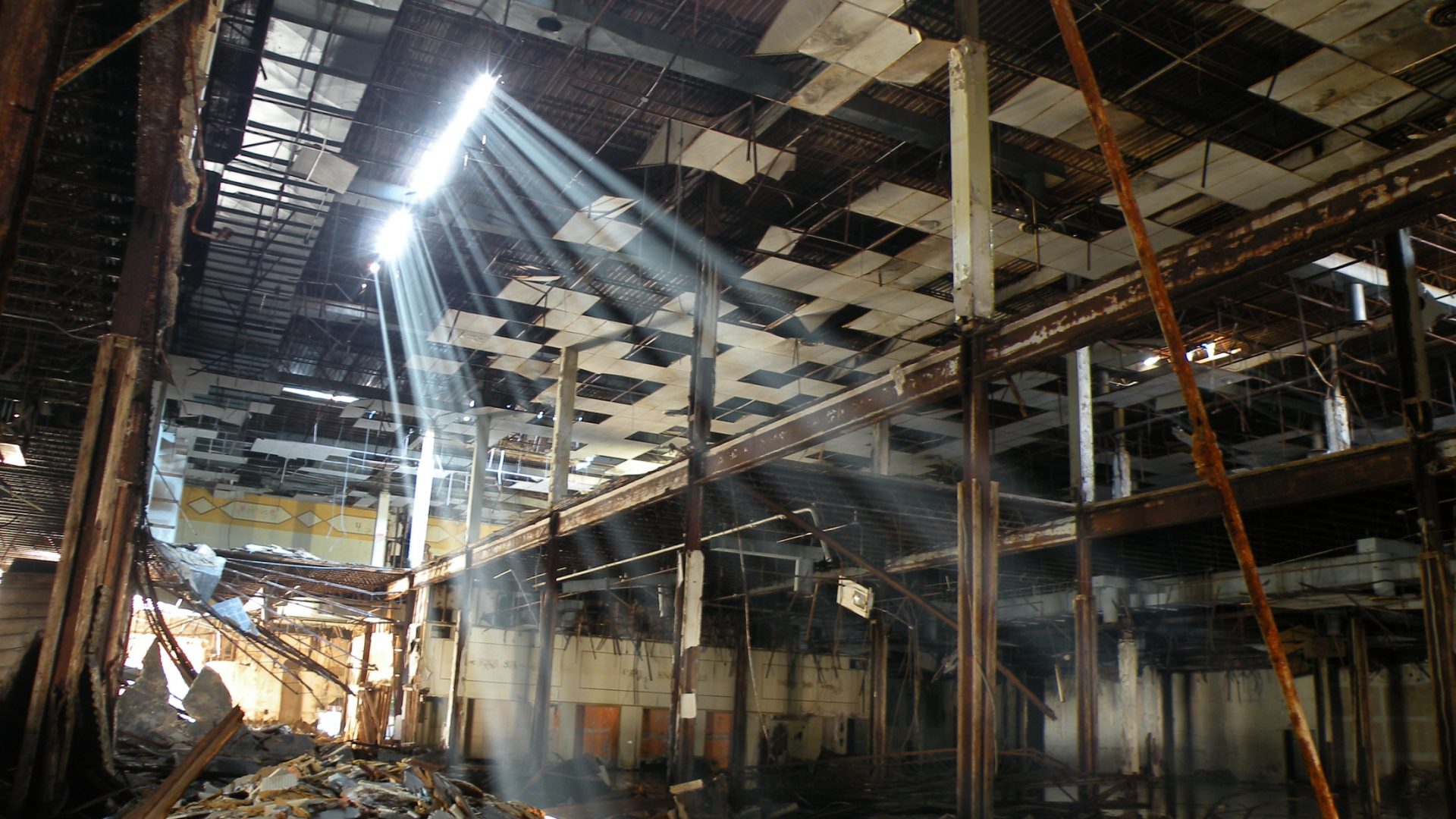| Hood(s) | Greater Grand Crossing; |
|---|---|
| Location | 63rd Street on the north, 66th Street on the south, Martin Luther King Drive on the east, Calumet Avenue on the west |
| Lifecycle | 1950 – 1955, Construction; |
| Controlling gangs | Gangster Disciples; Black Disciples; |
The history of these grounds has quite an ironic history and a history of racial strife. In my Greater Grand Crossing history I get into the whole story of the White City amusement park. Basically White City was an amusement Park that opened in 1905 for white-only park goers; however, the park had a game called the “African Dip” where park goers would throw objects at an African American man’s head to earn a prize, the game highly objectified African Americans, and blacks were not even allowed into the park unless they worked there.
In 1933 the park closed due to a loss of revenue in the Great Depression years. The Chicago Housing Authority purchased this land in 1946 in order to build a public housing complex that they would call Parkway Gardens and by 1950 construction began which was completed in 1955.
The complex was designed by Henry K. Holsman to have 35 buildings, having 11 eight story buildings and the other 24 buildings were row houses. These projects had modern heating and appliances which were a major feature for this complex, residents in the high rises got to enjoy having an elevator system as well.
Another interesting feature is this became the first project complex that was a co-operative complex ran by middle class black professionals. These projects were ideal to live in despite the fact that there were racial tensions between blacks and whites in the nearby area as whites did not want blacks in the neighborhood but by the 1960s the white population had pretty much completely fled Greater Grand Crossing which eliminated the racial tensions.
In around 1972 the Parkway Gardens were taken over by the U.S. Department of Housing and Urban Development after the co-op group defaulted on a 13.8 million dollar loan insured from HUD, once HUD took over, maintenance and renovations decreased due to the complex being in debt (Chicago Tribune Page 1 Sept 22, 1988). Street gangs became extremely active and violent in the Greater Grand Crossing community in the 1970s and even worse in the 1980s when the area became heavily gang crowded with Black Gangsters (New Breeds), Black Souls, Gangster Disciples, Black P Stones, Vice Lords and Black Disciples, at that point Greater Grand Crossing became one of Chicago’s most dangerous neighborhoods.
The Parkway Gardens fell into a slum after HUD seized the property because the complex was already in debt; therefore, HUD could not justify the funding to make renovations and/or repairs leaving the complex to become run down and full of gang and drug trafficking activity (Chicago Tribune Page 1 Sept 22, 1988)
In 1986 HUD foreclosed on the buildings and the complex was up for sale and appraised at a value of only $4.4 million which is a very low amount for 35 buildings, but due to extreme deterioration that was all it was worth. On March 11, 1987 the property was sold for $1 to the National Development Council, they then turned around and sold the property to multiple private developers for the purpose of rehabilitation (Chicago Tribune Page 1 Sept 22, 1988). For some reason renovations did not happen with these developers in the late 1980s and the drug trafficking and gang activity only intensified to the point where the complex was being held hostage by drugs and violence.
The Gangster Disciples and Black Disciples became the main dominating forces in these projects, then between 1989 and 1991 their relations city-wide became worse as they launched into full scale warfare. The two gangs waged war over this complex calling it “O-Block” by the 2010s after BD “Odee” that was killed.
Starting in 2011 the complex finally began to be rehabbed and by 2014 the rehab was complete which was a very impressive restoration. All of the elevators were not functional until the rehab projects restored one of them and replaced ten others. Although these projects were heavily rehabbed violent crime still rips through this area.




